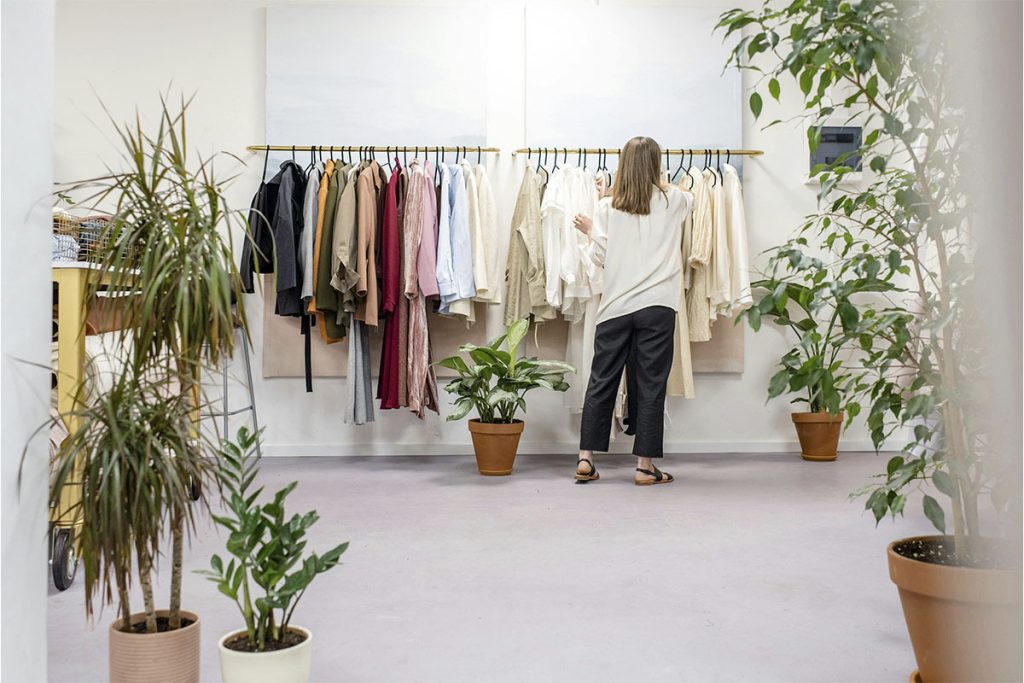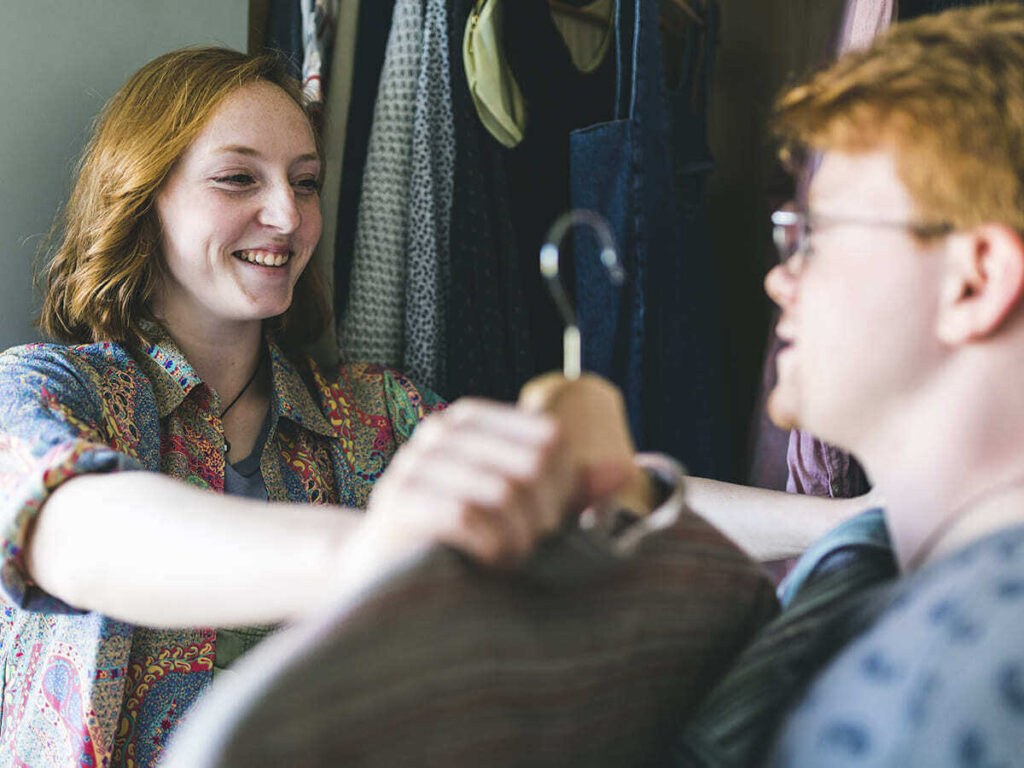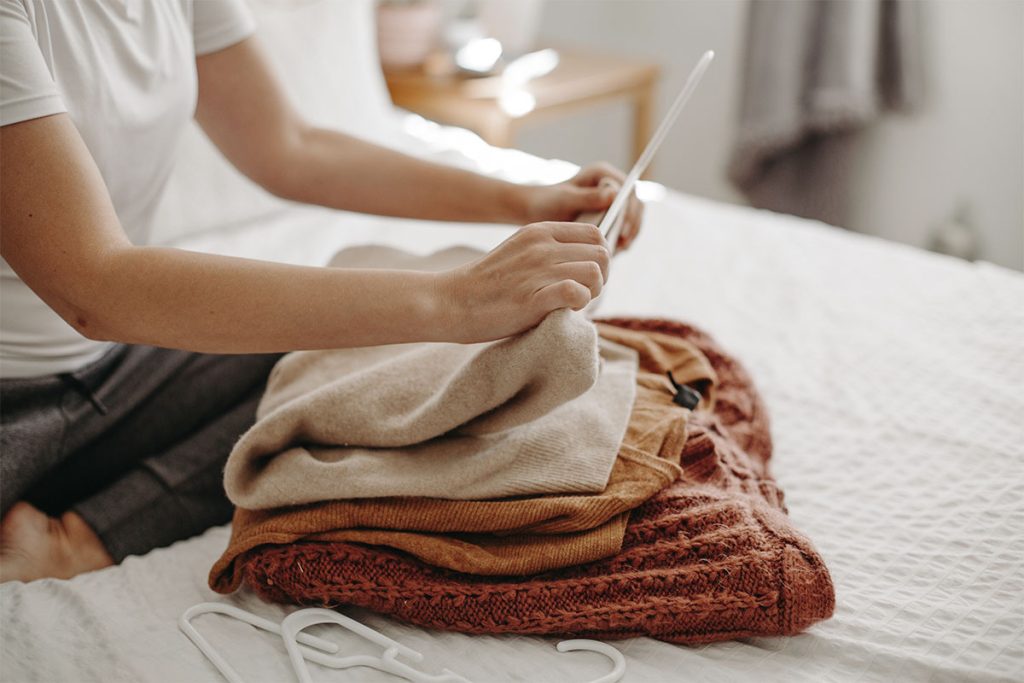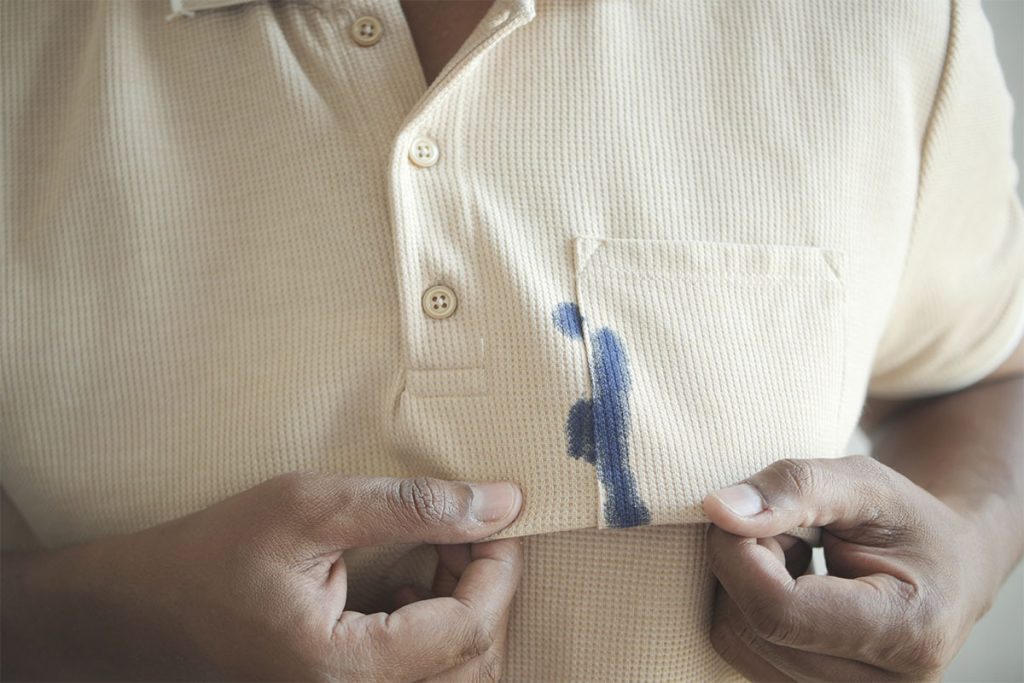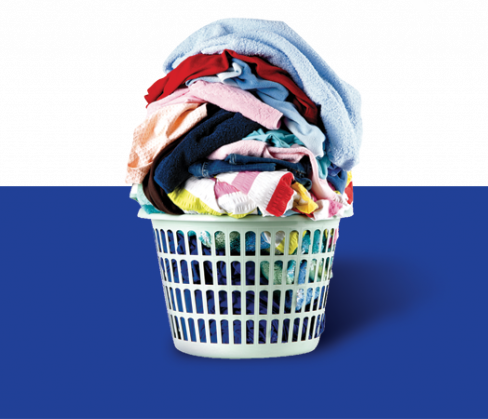In recent years, the word ‘sustainability’ has been prevalent in our lives as the world has grown more concerned about our environment and planet.
Leading a sustainable life can feel overwhelming, as the ways to do it are countless, so it’s important to remember that all you need to do to begin your sustainability journey is take it one step at a time.
If one of those steps is to make your wardrobe more sustainable, we’re here to help!
Making Your Wardrobe Sustainable
Often, minimalism is misconstrued as the only way to be sustainable and you may feel like that’s the way to go. But if you have a big wardrobe full of numerous pieces you love that remind you of the fun memories you created, you don’t need to get rid of them.
While you can slowly work towards a more minimalist lifestyle if that is your preference, you can also be sustainable without doing that.
For example, with the clothes you already own, you can upcycle pieces that may no longer serve their original purpose.
Get creative with DIY projects to transform old garments into something new and exciting. Whether it’s turning an oversized shirt into a trendy crop top or repurposing worn-out jeans into stylish shorts, upcycling allows you to breathe new life into your wardrobe while reducing waste.
On the other hand, when it comes to buying new clothes, make sure you choose fabrics that are durable and have longevity.
Fabric longevity refers to the durability and resilience of textiles over time. Fabrics with high longevity are those that withstand wear and tear, maintain their quality through multiple uses and have a lower environmental impact throughout their lifecycle.
How Longevity Helps Sustainability
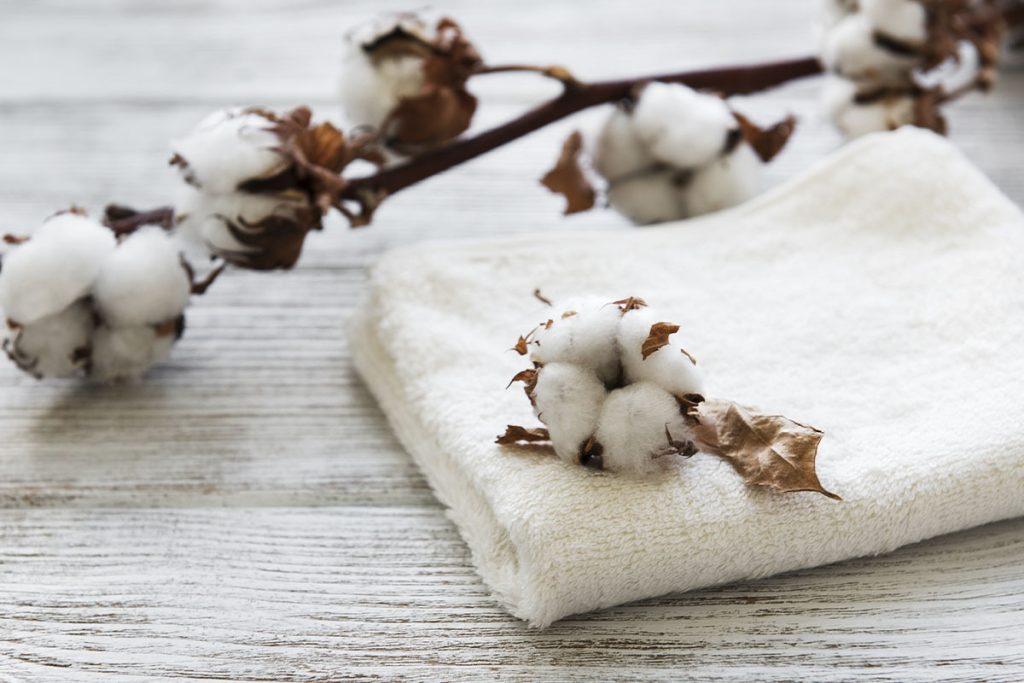
So, why is it important to buy durable clothes?
Buying new clothes creates a demand for more production, which often leads to increased resource extraction, energy consumption and waste generation.
By investing in fabrics with durability and longevity, you reduce the need for frequent replacements, thus decreasing the overall consumption of resources and energy required for production, transportation and disposal.
This extends the lifespan of clothing items, reducing the amount of textile waste that ends up in landfills.
Additionally, fabrics that last longer typically require less maintenance and fewer chemical treatments, further minimizing their environmental footprint.
Sustainable Fabrics You Can Choose
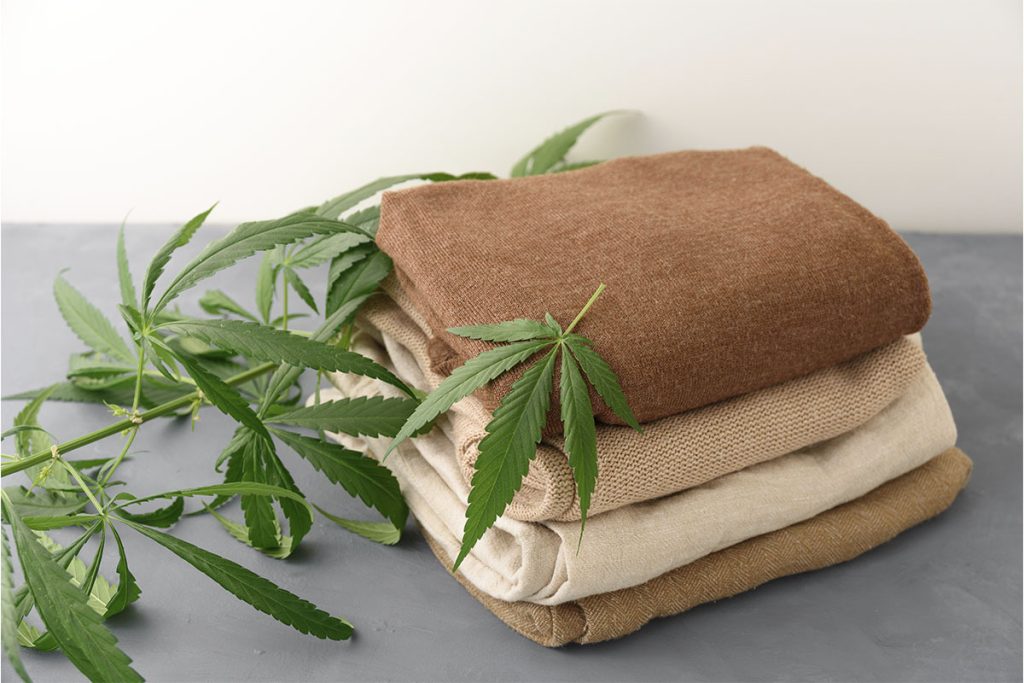
There is a growing variety of sustainable fabrics available on the market, each with its own unique environmental benefits. Some popular options include:
- Organic cotton: Grown without synthetic pesticides or fertilizers, organic cotton reduces the environmental impact of conventional cotton farming.
- Hemp: Known for its durability and versatility, hemp requires minimal water and no pesticides to grow, making it an eco-friendly choice.
- Linen: Made from the flax plant, linen is biodegradable, breathable and requires fewer resources to produce compared to other textiles.
- Tencel (lyocell): Produced from sustainably sourced wood pulp, Tencel is known for its softness, breathability and biodegradability.
- Recycled polyester: Made from post-consumer plastic bottles or recycled polyester fabric, recycled polyester reduces dependence on virgin polyester and helps divert plastic waste from landfills.
By opting for these materials, you can support environmentally friendly practices and contribute to a more sustainable fashion industry.
Let’s find out how you can take these practices with you when you go shopping.
Tips For Shopping Sustainable Fabrics

When shopping for sustainable fabrics, there are several factors to consider:
- Look for certifications: Certifications such as Global Organic Textile Standard (GOTS), Fair Trade and OEKO-TEX ensure that the fabric meets specific environmental and ethical standards.
- Check the sourcing: Research the brand’s sourcing practices to ensure that the fabric is produced using sustainable and ethical methods, such as low-impact dyeing and fair labor practices.
- Prioritize quality over quantity: Invest in well-made, durable pieces that will last longer and withstand multiple wears and washes.
- Consider second-hand options: Embrace thrift shopping or clothing swaps to give pre-loved garments a new life and reduce demand for new production.
By following these tips, you can make informed choices that support sustainability in the fashion industry while building a more eco-conscious wardrobe.
Happy Buying!

We hope you’re feeling ready to start your sustainability journey now! Shopping for sustainable fabrics is not only good for the planet but also for your conscience.
By choosing fabrics with longevity and environmentally friendly production practices, you can make a positive impact on the fashion industry and contribute to a more sustainable future.
At Columbia Pike Laundry, we understand that the way your clothes are treated when washing them also plays a crucial role in their longevity. Schedule a pickup with us, tell us what your laundry preferences are and we’ll make sure to give your clothes the best possible treatment!

